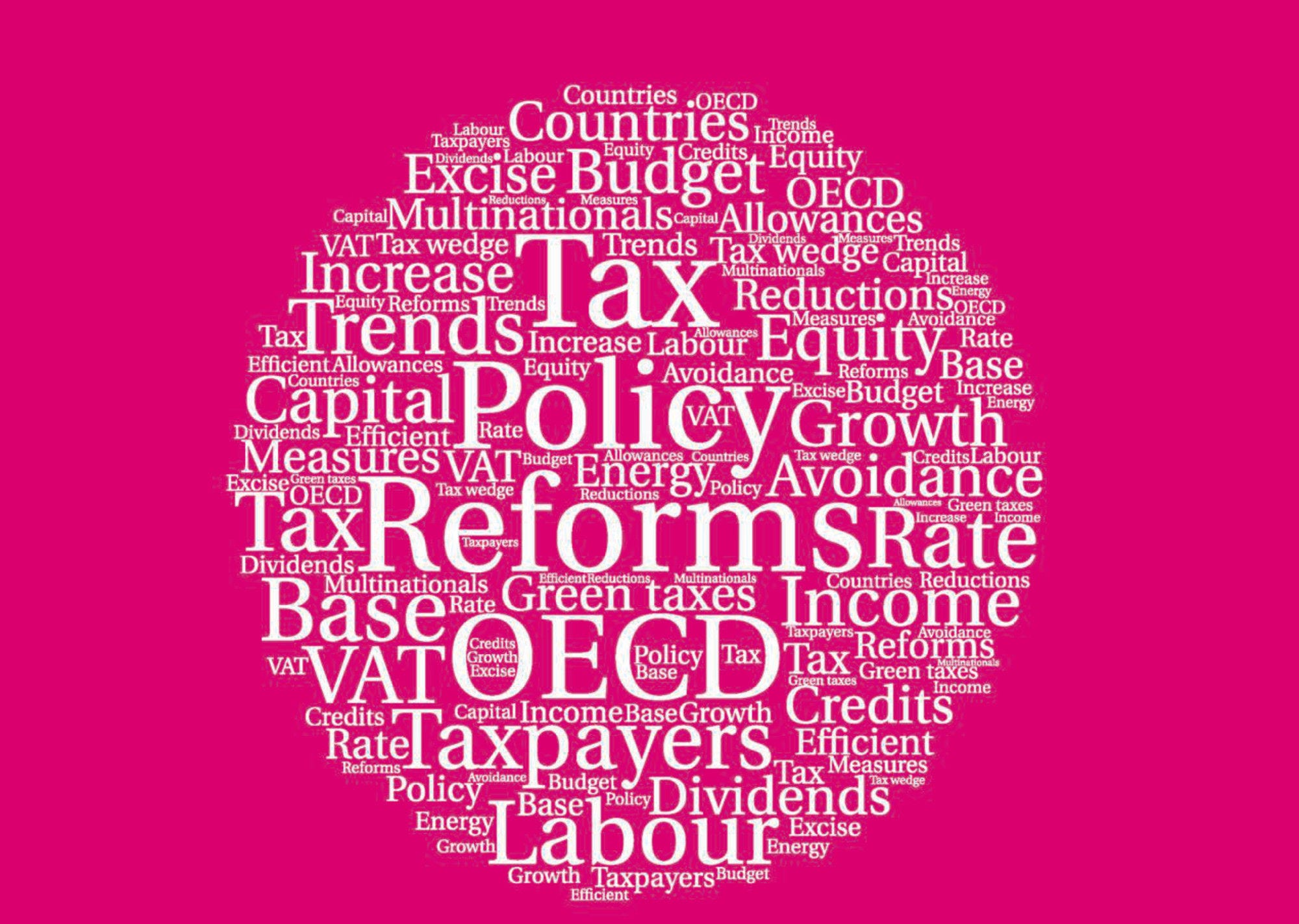This third edition covers the latest tax policy reforms in all OECD countries, as well as in Argentina, Indonesia and South Africa. Monitoring tax policy reforms and understanding the context in which they were undertaken is crucial to informing tax policy discussions and to supporting governments in the assessment and design of tax reforms.
Tax Policy Reforms 2018

Abstract
Executive Summary
The year 2018 saw the entry into force of significant tax reforms in Argentina, France, Latvia and the United States. The focus of these reforms has largely been on supporting investment, through lower corporate taxes but also through changes in taxes on property and personal capital income. Some elements of these reforms are also aimed at enhancing fairness by lowering taxes on low and middle-income earners. However, none of these reforms are expected to be revenue-neutral. In addition, Belgium has introduced a comprehensive corporate income tax (CIT) reform, combining a significant reduction in the CIT rate with substantial base broadening.
The report identifies more broadly a number of common tax reform trends across the countries covered in the report:
Personal income tax (PIT) cuts on labour income have continued, primarily to alleviate the tax burden on low and middle-income earners. One pattern of reform has been to increase earned income tax credits (EITCs), which have the potential to improve labour market participation and enhance PIT progressivity. In parallel, the trend towards higher tax rates on personal capital income has persisted, although some countries have expanded tax reliefs for some forms of financial income. From a country perspective, the most significant reforms were introduced in the United States with changes in PIT rates and deductions, Latvia with the introduction of a progressive PIT system, and France with a new flat tax on personal capital income.
Regarding social security contributions (SSCs), reforms have generally been limited and SSCs will continue to weigh heavily on labour income in many countries. Compared to recent years, one development across countries has been a greater focus on SSC rate increases and base narrowing, which suggests that greater contributions will be placed upon a smaller number of contributors in some countries.
This year has also seen an acceleration in CIT rate cuts, which has largely been driven by a few large economies, including countries with traditionally high corporate tax rates. Other notable base narrowing reforms, including the expansion of depreciation allowances, have also been aimed at supporting investment. Compared to previous years, very limited changes have been made to R&D and innovation-related tax incentives.
Efforts to protect the CIT base against international tax avoidance have continued through anti-avoidance measures and the implementation of the OECD/G20 Base Erosion and Profit Shifting (BEPS) package, but these efforts have varied across countries.
The taxation of highly digitalised businesses has become a major concern for many countries. Wide disparities in views across countries have prevented the adoption of a common approach so far and spurred the introduction of heterogeneous measures, creating a risk of increased complexity and uncertainty.
Value-added tax (VAT) rates have stabilised, but increased revenues are expected from significant tax administration and anti-fraud measures in a number of countries. South Africa is the only country where the standard VAT rate was raised in 2018. High VAT rates have led many countries to look for alternative ways of raising additional VAT revenues, through base broadening – by removing or scaling back reduced VAT rates – and administrative and anti-fraud measures. Some of these measures, in particular split payments and the expansion of the domestic reverse charge mechanism, imply major changes to the way VAT has traditionally been collected. In some countries, reduced VAT rates have been expanded to address fairness concerns or to support specific industry sectors, although evidence shows that these tend to be poorly targeted policy instruments.
New excise taxes are being introduced to deter harmful consumption, in addition to continued increases in excise duty rates on tobacco and alcohol. Some of the most notable reforms include new taxes on sugar-sweetened beverages in Ireland, South Africa and the United Kingdom, and the introduction of a tax on cannabis in Canada.
Environmentally-related tax reforms have continued to focus on energy taxes but efforts have been made to go beyond road transport. While these changes go in the right direction, they have occurred only in a few countries and more significant reforms will be needed to align energy tax rates with environmental costs and generate additional tax revenues. Changes to vehicle taxes to encourage the use of cleaner vehicles have continued, but experience has shown that – while effective – they can be a costly emissions reduction policy. Finally, despite their large potential to generate environmental improvements, tax reforms outside of energy and vehicles, such as taxes on waste, plastic bags or chemicals, have been much less frequent.
Finally, 2018 has seen the introduction of a few significant property tax reforms. Compared to previous years, characterised by limited reforms both in number and in scope, a few notable property tax reforms were introduced in 2018, including the doubling of the exemption threshold for the estate and gift tax in the United States, the introduction of a tax on securities accounts in Belgium, as well as France’s repeal of the housing tax for 80% of households and the elimination of its net wealth tax which was replaced by a tax on real estate wealth.
The report is structured as follows: Chapter 1 gives an overview of the macroeconomic background; Chapter 2 presents the latest trends in tax revenues and tax mixes; and Chapter 3 gives an overview of the latest tax reform trends.












